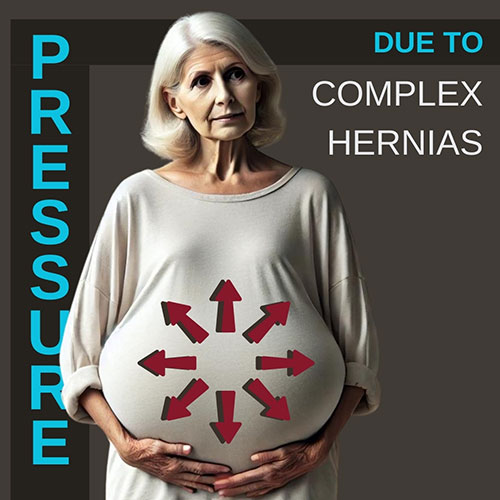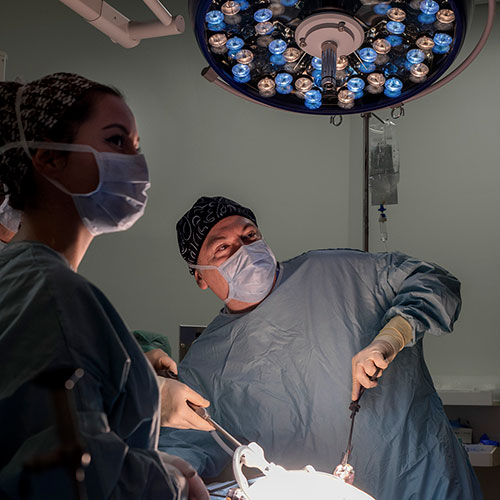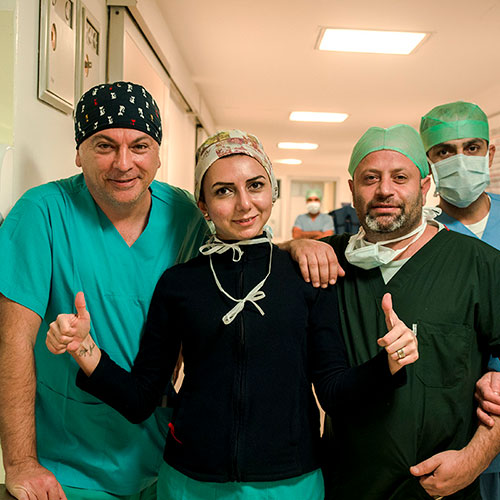Understanding Complex Hernias
Complex hernias are often characterized by their challenging nature, typically resulting from previous surgeries that have failed, leading to recurrent issues. These hernias, once repaired and subsequently reoccurring, are termed as "recurrent" hernias. Each recurrence makes subsequent repair efforts increasingly difficult and risky, as the integrity of the abdominal wall is compromised each time the hernia reappears. This complexity is further exacerbated by the scar tissue that develops with each surgery, which can limit the flexibility of the tissues and complicate their manipulation during subsequent procedures.
In addition to recurrent hernias, some hernias can grow excessively large, becoming what are known as "giant" hernias. These massive hernias pose significant challenges due to the increased area they cover and the greater volume of organs or tissues that may protrude through the abdominal wall. Such size can complicate the surgical approach, often requiring more extensive and careful planning to ensure successful repair and to minimize potential complications.
Complex hernias, whether recurrent or giant, demand specialized surgical expertise and often a more sophisticated surgical approach, including potentially using advanced techniques like component separation or the strategic placement of mesh to reinforce the abdominal wall. Surgeons dealing with these types of hernias need to be skilled not only in various surgical techniques but also in managing the increased risks associated with these severe conditions. As such, the treatment of complex hernias is often tailored specifically to each patient's situation, taking into account the history of their condition, their overall health, and the specific characteristics of their hernia.




